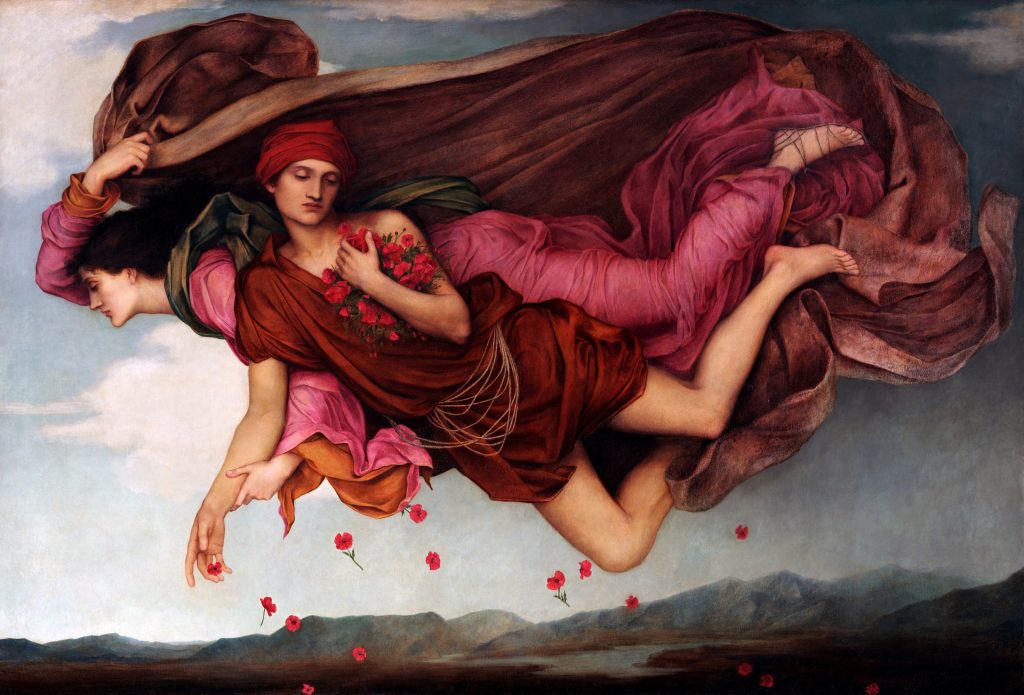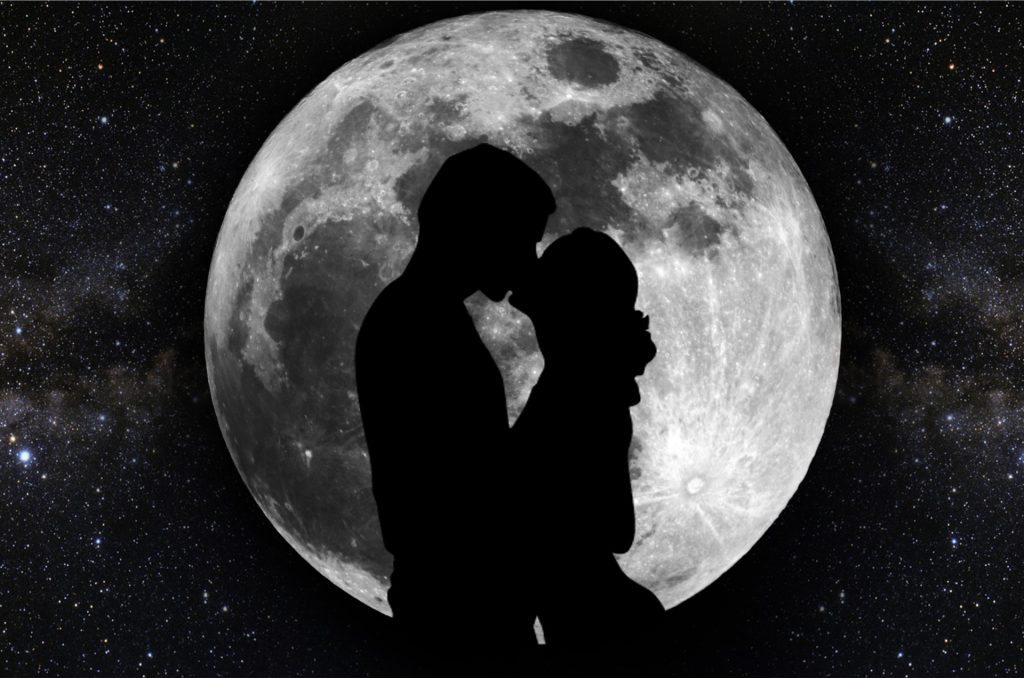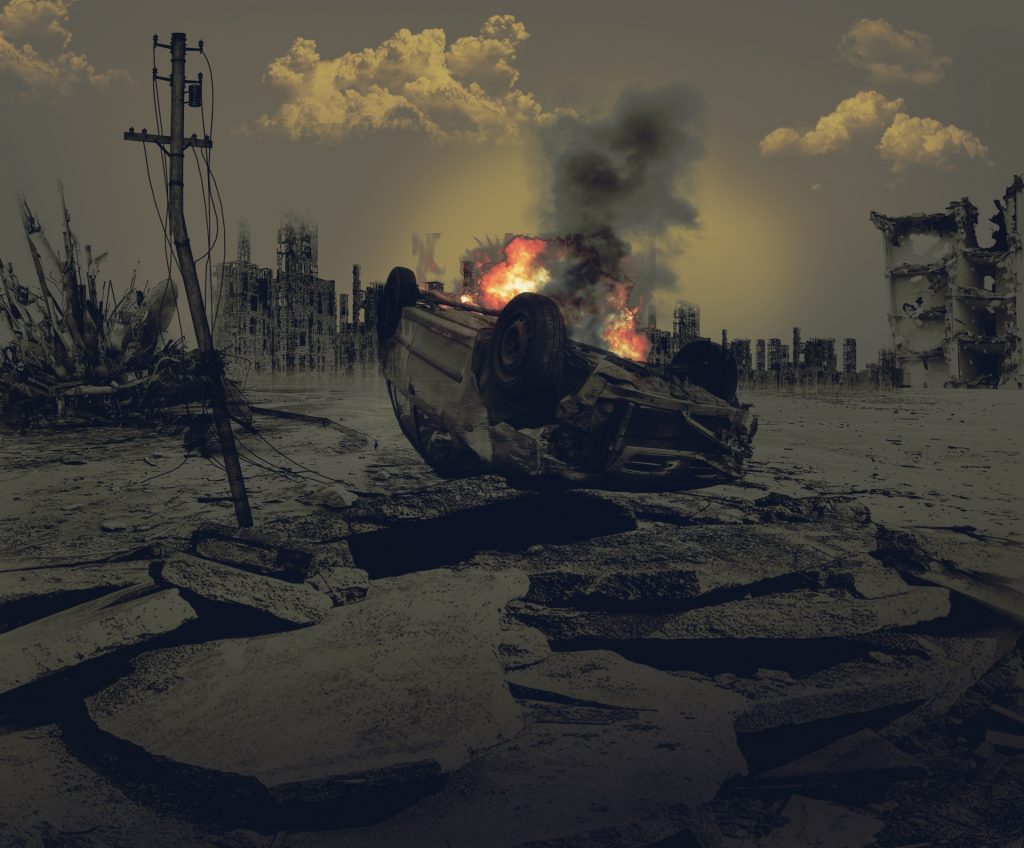
Our regular contributor, prose writer Jim Meirose, invites Synchronized Chaos readers to review his two upcoming books. He will send PDFs to people who will provide at least 50-75 word blurbs in their blogs or on Amazon/Goodreads.
About his books:
Audio Bookies (Being published by LJMcD Communications) – Audio book creators take on recording a book which begins absorbing them into its bizarre fictional world.
Game 5 (Being published by Soyos Books) – Very experimental piece involving the efforts of residents to rejuvenate a community in decline.
************************************
Now, for this month’s issue, Like a Flowing River.
This month’s contributions reflect how life may have ups and downs, smooth and rough patches, but mostly just keeps going.
Mahkamov Mahmudjan’s piece gives us our title. Mahkamov reminds us that life is like a flowing river, where we have influence but don’t control everything.

Jessica Barnabas Joseph reminds us that becoming who we are can be a journey. Mashhura Ziyovaddinova illustrates that the journey of life matters as much as our destinations. Wazed Abdullah presents a rhythmical ode to the constant ticking of time.
Alex Johnson’s poetry collection Flowers of Doom, reviewed by Cristina Deptula, explores times of change with a mixture of awe and repulsion.
Hillol Ray describes the stability and comfort he finds in his personal and intimate spirituality and how it’s developed and informed by his mixed-race heritage. Michael Robinson speaks to the solace he has found in his faith over many years. Stephen Jarrell Williams’ work addresses being lost and found again through faith and the love of family.
Muslima Rakhmonova reflects on the support and encouragement she receives from her family and on how families can both keep children secure and empower them to build their futures. Abdamutova Shahinabonu’s short story reflects the deep love and respect between fathers and their children, even as the children become young adults and leave to pursue their dreams.
Rizwan Islam evokes the joyful spirit of family celebrations of his birthday. Nigar Nurulla Khalilova offers up a son’s lament over separation from his mother. Habibullayeva Madinabonu grieves over the passing of her mother. Abrieva Umida expresses deep respect and caring for her mother. Amimova Zebiniso rejoices in the love of her family. O’roqboyeva O’roloy G’ulomovna expresses her tender love for her mother.

Brian Barbeito finds mythic beauty in Mother Nature, in industrial areas and even a truck collision, as well as in spring flowers and colorful fungi. Naeem Aziz outlines the life cycle, diet, and ecology of the praying mantis. Turdaliyeva Muxarram conveys the simple and colorful joy of flowers. Azimjon Toshpulatov laments the passing of the warm and flower-strewn spring. Aliyeva Matluba fashions images out of natural seeds and materials while Abdulazizov Dovudbek’s home economics paper reminds us when we should let go of stored food. Daniel De Culla crafts a myth about the creation of fish and the constellation Pisces.
Tuyet Van Do’s haiku points to the uncanny mysteries of nature and the paranormal. Nahyean Taronno continues his ghostly tale of trapped spirits and children in a haunted manor. Audrija Paul illuminates the destructive power of rain during a flood and crop-destroying storm. Praise Danjuma evokes the wildness and majesty of nature with a piece on a large and scary night-flying bird. Avery Brown presents a moment of narrative tension as futuristic cowboy characters in his novel Blood and Loyalty skirt one potential conflict to race towards another.
Lidia Popa’s piece reminds us of the mystery and wonder of poetry. Dilnura Rakhmanova poetizes about love, writing, and tulips. Kylian Cubilla Gomez’ photography captures moments of color, surprise, and interactions with the natural world. Isabel Gomez de Diego’s photography draws on themes of nature, history, and the wonder of childhood. Kande Danjuma reclaims the joy and wonder of her childhood. J.D. Nelson peers at life like a child glancing up at labels they can’t quite make out on a top shelf in his monostich poetry. Emeniano Somoza likens the moon to a lonely child drifting through the treacherous school hallways of space.
Luis Berriozabal speaks to loneliness, aging, and the power of words in his poetry. Duane Vorhees’ poetry probes themes of sensuality, romance, writers’ block and the timeless Mideast conflict.
Dilnoza Xusanova outlines the literary contributions of Erkin Vahidov to Central Asian and world literature. Abdunazarova Khushroy poetizes on the beauty of the Uzbek language. Ibrohim Saidakbar highlights the humane spirit and literary legacy of Central Asian writer Gafur Gulam. Otaboyeva Ominakhon examines Mark Twain’s use of satire in his literary works. Noah Berlatsky spoofs errors in proofreading in a humorous piece.

Ziyoyeva Irodakhon reviews the contributions of great Uzbek teacher and writer Abdulla Avloni to Central Asian and world scholarship and pedagogy. Salomova Dilfuza makes suggestions to help people optimize their learning. Guli Bekturdiyeva offers best practices for how educators can design syllabi. Abdusamatova Odinaxon offers recommendations on the best use of interviews as a tool for sociological research. Burikulova Shakhnoza remembers an inspirational teacher who motivated her to set high goals and work towards them. Sobirjonova Rayhona praises the dedication of her favorite teacher.
Axmatova Shakzoda outlines the unique opportunities and hardships of student life. Aziza Karimjonova Sherzodovna highlights the accomplishments of Uzbek students and scholars and the greatness of the nation.
Adiba Shuxratovna reviews Hossein Javid’s drama “Amir Temur” and outlines how the play highlights the nation-building work of Amir Temur through depicting both political and domestic moments of his life. Aziza Saparbaeva depicts a dramatic moment in the life of medieval Central Asian leader Tamerlane. Marjona Kholikova outlines the accomplishments of various historical Central Asian military and political leaders.
Adiba Shuxratovna’s poetry extols the virtues of the new Uzbek constitution and its respect for human rights. Mamadaliyeva Aziza celebrates Uzbekistan’s rich history and its present and future promise. Eshbekova Xurshida Anorboyevna evokes the mythical beauty and grandeur of Samarkand while Dr. Reda Abdel Rahim reminds the world of the archaeological treasure of Egypt’s Royal Tombs of Tanis and encourages us to preserve and study them. Graciela Noemi Villaverde expresses her pride in Argentina’s history and flag.
Ruxzara Adilqizi’s poetry celebrates her love for nature, her partner, her country, and her heritage. Mahbub Alam flies into the sky at sunrise on the wings of love. Elmaya Jabbarova draws on classical references to convey the intense experience of having a lover stare into one’s eyes. Maja Milojkovic finds gentle and poetic love in a garden. Mesfakus Salahin speaks to the emotional and spiritual union of a couple in love.

Lilian Dipasupil Kunimasa speaks to the futility of hiding one’s emotions. Usmonova O’giloy whispers poetry about the gentle grace of her dreams. Paul Tristram crafts vignettes of human experience from a large-hearted and compassionate place. Taylor Dibbert’s poetic speaker points out a detail that speaks to the depth of his mourning for his departed dog and thus the depth of the love they shared.
Alan Catlin’s poetry reflects the fragmented thoughts of memory and grief. Vernon Frazer adorns paper with shapes and shades of color and words in various fonts at precarious angles. Mark Young’s images play with shape and color and seem to almost represent various objects.
Nosirova Gavhar relates how music can serve as medicine for the human spirit. Sayani Mukherjee describes the sensations and images she experiences listening to classical music.
Joe Byrd’s new novel Monet and Oscar: The Essence of Light, excerpted this month in Synchronized Chaos, gives us a look at the groundbreaking Impressionist artist through the eyes of his gardener.
Sterling Warner evokes atmosphere, time, place, and memory with his poems on the Midwest, fungi, flora, and fauna, and the overzealous self-diagnosis made possible through pharmaceutical commercials.

Christopher Bernard critiques neoliberal philosophy for breaking down social order with its emphasis on one’s rights to the exclusion of one’s responsibilities to respect others.
Dr. Jernail S. Anand urges us to set aside extravagant philosophizing and simply live our lives. Santiago Burdon satirizes those who carry their principles beyond the point of reason with his piece on a vegan vulture.
Heather Sager takes joy in gentle, quiet moments of middle age, even as she feels off kilter and knows her body and life are slowing. Roberta Beach Jacobson’s haiku expresses observations on human nature taken from ordinary and surprising moments of everyday life.
Hillol Ray wonders about the future of humanity, if our compassion and solidarity can grow and develop alongside our technology. Mashhura Usmonova decries people who obsess over their phones to the detriment of flesh and blood relationships.
Faleeha Hassan urges others to recognize her common humanity although she’s in a traditional Muslim head covering. Bill Tope’s essay traces the changing attitudes towards the LGBTQ community in America over the past 60 years. Z.I. Mahmud outlines how Amrita Pari illustrates the isolation and longing of a queer woman in a modern city in her novel Kari. Jacques Fleury reviews a production of “Witch” at Boston’s Huntington Theater and reflects on how witches can represent those treated as “others” by modern society for various reasons.

Mykyta Ryzhykh speaks to the horrors of war and the destruction of innocence and the environment. Gozalkhan Samandarova highlights the indiscriminate destruction often caused by war and urges humans to work for peace. Bill Tope’s story highlights the senseless terror of a school shooting by portraying an incident from a child’s perspective.
Ana Bogosavljevic reminds us that even great pain and evil will not last forever and can be outlasted with patient goodness. Shaxzoda Abdullayeva takes joy in her current life and her hopes for the future, as David A. Douglas celebrates the power of community and kindness to overcome despair.

Uncover the future of gaming with Empire of Musk – a revolutionary Web3 experience! Expand your business realm free of donations. Boost your ventures to increase your earnings per hour. Engage, accumulate, and in time convert in-game currency for real money. Join the Musk Empire now and mold your digital fortune! invitation link https://tinyurl.com/muskemp